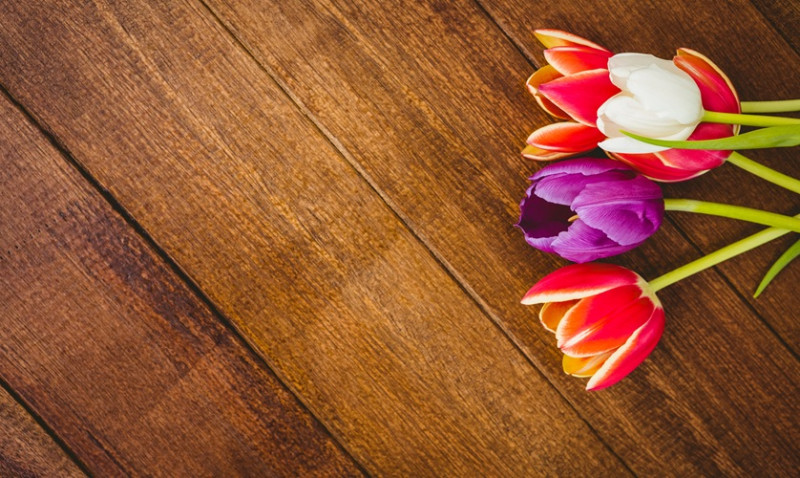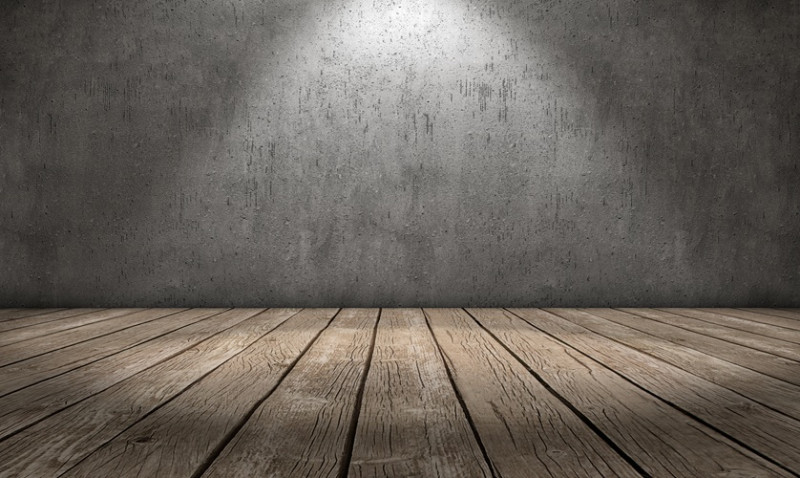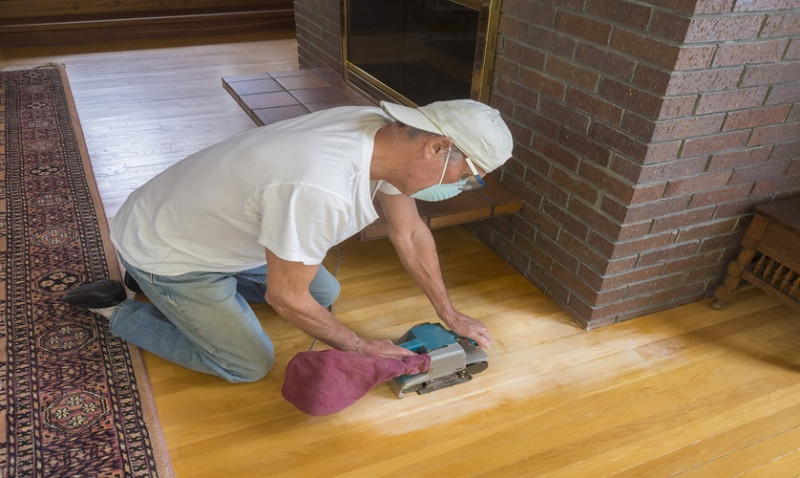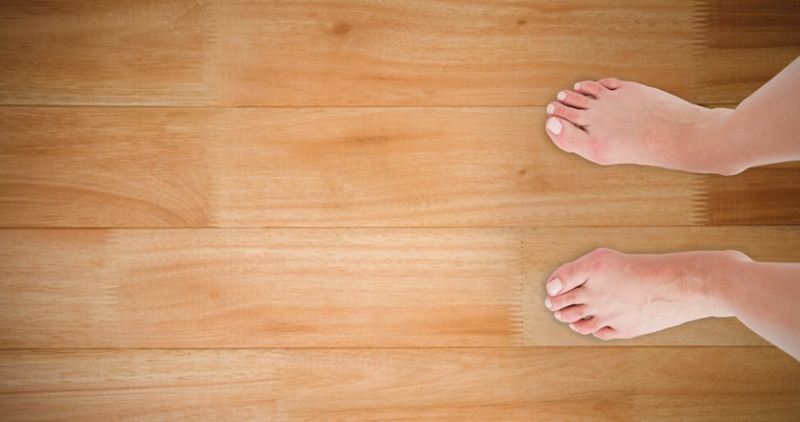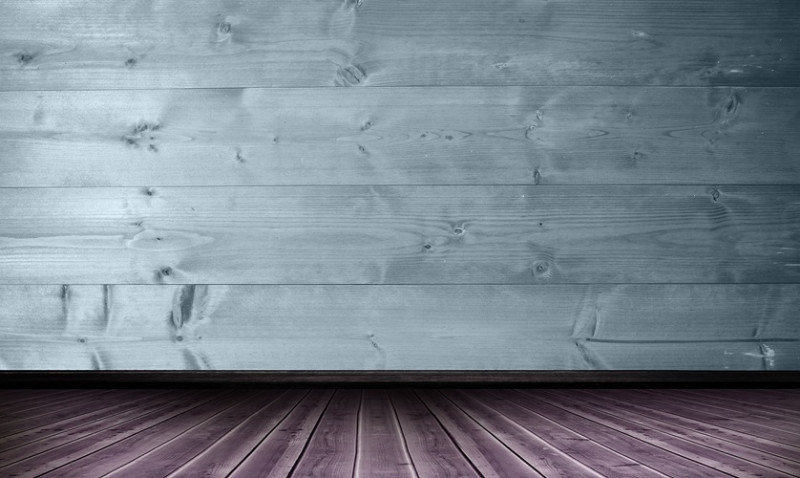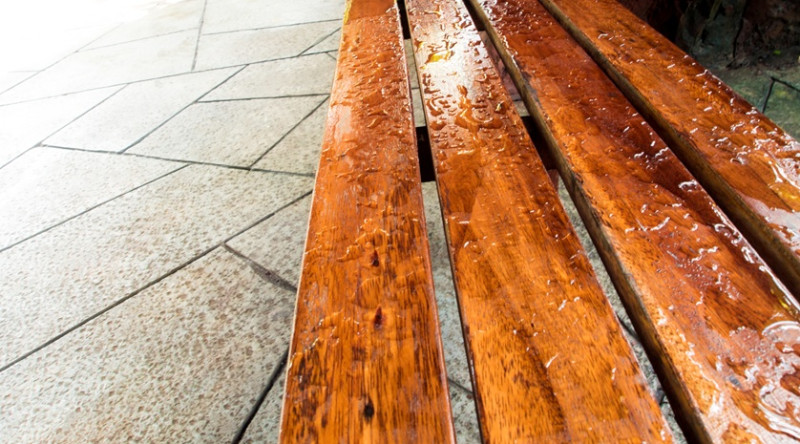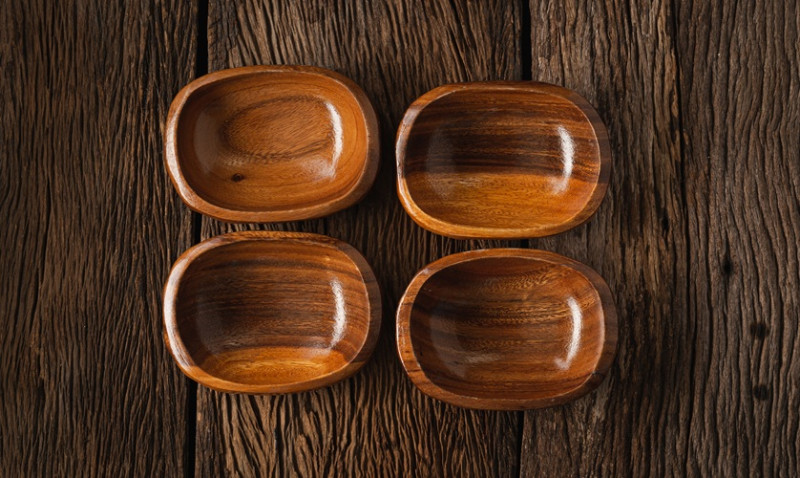
When it comes to finishing wood flooring, furniture, or woodworking projects, the choices can be overwhelming. Among the top contenders, hardwax oil finishes have gained considerable popularity—especially among DIYers, designers, and professionals in the UK. However, with popularity comes misinformation. In this post, we’re here to break down the myths and uncover the truth about hardwax oil finishes, so you can make the best decision for your next project.
Myth 1: Hardwax Oil Is the Same as Regular Oil Finishes
One of the most common misconceptions is that hardwax oil is just another oil finish—like linseed or Danish oil. In reality, hardwax oil is a unique blend of natural oils and waxes that offers benefits neither traditional oils nor synthetic finishes can achieve on their own.
While oils like tung or linseed penetrate the wood surface to bring out natural grain and colour, they often offer little in terms of surface protection. Hardwax oil, on the other hand, penetrates the wood but also leaves a protective layer on top, owed to its wax components. This results in a breathable, matte surface that is both beautiful and hardy.
Many professionals and hobbyists confuse the simplicity of application with chemical similarity. But don’t be misled: hardwax oils are technologically advanced formulations that provide long-term benefits for both aesthetics and protection. In short, it’s a hybrid product with best-of-both-worlds functionality.
Myth 2: Hardwax Oil Isn’t Durable Enough for High-Traffic Areas
This myth comes up frequently, especially among homeowners and designers planning floors in hallways, kitchens or commercial spaces. Because hardwax oil finishes are often matte or satin, people assume they’re not as tough as gloss polyurethane or lacquer. That couldn’t be further from the truth.
In reality, hardwax oil creates a flexible, durable finish that doesn't crack, flake, or peel. It works by bonding with the wood fibres rather than sitting as a thick layer on top. This allows the surface to breathe and respond to temperature or humidity changes more effectively.
Besides, professional-grade hardwax oils are specifically engineered for high-traffic areas. Many commercial spaces, retail settings, and even boutique hotels across the UK use them for wood floors and furniture to ensure both elegance and endurance. With proper care and periodic maintenance, hardwax oil finishes can outlast many traditional sealants.
Myth 3: Hardwax Oils Require Too Much Maintenance
While it’s true that hardwax oil finishes are not maintenance-free, the reality is that their care is manageable—especially compared to the cost and effort of refinishing damaged varnished floors. For most home and commercial users, routine dry cleaning and periodic damp mopping with a pH-neutral cleaner are sufficient.
Unlike film-forming finishes like lacquer or polyurethane, which can only be repaired by fully sanding and refinishing, hardwax oil can be spot-treated. This means if a specific area gets scratched or worn, you can reapply the oil there without affecting the surrounding surface.
In fact, this spot-repair ability makes hardwax oils a top choice for busy families, rental properties, or businesses that can’t afford down-time due to floor refinishing. It's a different maintenance model—not necessarily more work, just smarter upkeep.
Myth 4: Hardwax Oil Darkens or Yellows with Age
This is a partial truth that needs clarification. Keep in mind that many conventional finishes, including solvent-based polyurethane, yellow significantly with age due to UV exposure and the nature of their resins.
High-quality hardwax oils are designed to resist yellowing. Some formulas even include UV inhibitors to help maintain the colour of lighter woods like ash, maple, or oak. Of course, all natural finishes will age slightly over time, especially in direct sunlight, but modern premium-grade oils are developed to age gracefully.
To minimise discolouration, it’s wise to choose a hardwax oil brand that offers UV resistance. In some cases, tinted versions with white pigments can also balance the natural tendency of certain woods to warm over time. Many interior designers and architects use this effect creatively to enhance timber tones throughout a project’s lifespan.
Myth 5: Hardwax Oil Is Only for Floors
This couldn’t be further from the truth. While floors are the most visible canvas for hardwax oil finishes, they’re by no means the only one. Doors, tabletops, countertops, shelving units, wood panelling, staircases—any interior wood surface can benefit from the aesthetic and practical advantages of hardwax oil.
For example, kitchen worktops finished in food-safe hardwax oil provide a natural, tactile feel with strong water resistance. Furniture restorers also prefer it for its authentic appearance and low-sheen finish that complements both rustic and modern styles.
The versatility of hardwax oil makes it a favourite among bespoke furniture designers and joiners across the UK. Plus, with a growing range of colour-tinted varieties, the possibilities for custom looks are nearly endless.
Myth 6: It’s Not DIY-Friendly
Some DIYers assume hardwax oil is a “professional-only” product that requires specialist tools and experience. Thankfully, that’s not the case. While care and attention to detail are still necessary, hardwax oil is one of the most rewarding wood finishes for self-application.
Most application processes involve brushing or rolling the product onto clean, sanded wood and buffing it in with a cloth, pad, or buffer. Dry times vary depending on the brand and environmental factors like humidity and temperature, but roughly 24 hours is typical.
Better yet, hardwax oil’s forgiving nature means beginners can achieve fantastic results without years of experience. Since it doesn’t dry to a hard shell, imperfections or uneven build-up can be easily corrected before drying. This makes it an ideal solution for young professionals or first-time renovators seeking a professional finish without hiring a tradesperson.
Quick Comparison Table: Hardwax Oil vs Other Wood Finishes
| Feature | Hardwax Oil | Polyurethane | Traditional Oil |
|---|---|---|---|
| Durability | High, flexible and repairable | Very high but brittle | Medium, requires frequent re-coating |
| Finish Appearance | Natural, matte/satin | Glossy, artificial | Natural, but less protective |
| Repairability | Easy, spot-repair ready | Hard, requires full sanding | Easy, re-oil required |
| Application | DIY-friendly | Requires experience/tools | Very simple |
| Water Resistance | High with maintenance | Very high | Low to medium |
Conclusion: Seeing Through the Myths
Hardwax oil finishes strike a perfect balance between traditional beauty and modern performance, making them ideal for a wide range of projects in UK homes and commercial interiors. Whether you're a DIY enthusiast transforming your home, a designer specifying materials with character, or a professional tradesperson seeking lasting results—don't let the myths dissuade you.
The key is choosing the right product, applying it correctly, and understanding its strengths. Modern formulations have taken the humble oil finish to a new level—offering durability, repairability, and that sought-after natural look that fits everything from minimalist lofts to countryside cottages.
If you’ve dismissed hardwax oil in the past, now might be the perfect time to revisit it. You’ll find it’s more than just a finish—it’s an upgrade to your entire design approach. Ready to make the switch?
